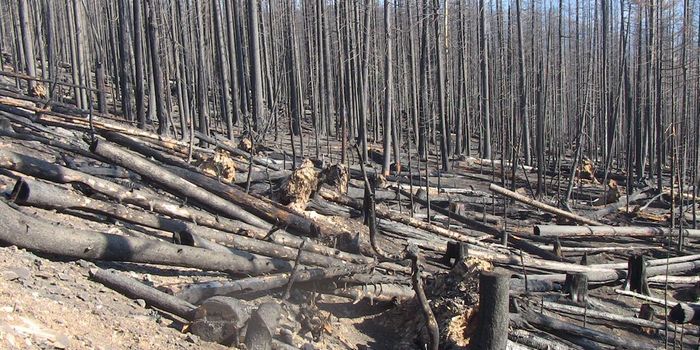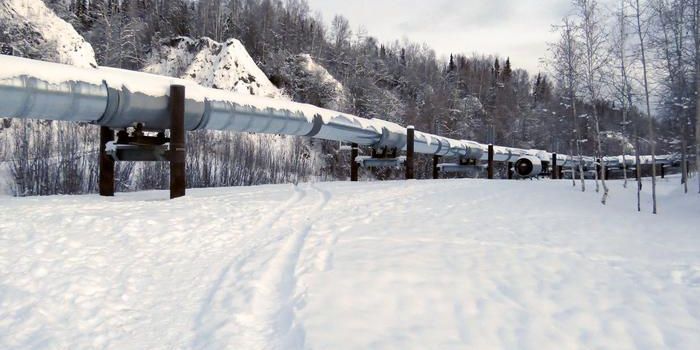Doomsday Clock As Close to Doom as Ever
This week, the Bulletin of the Atomic Scientists’ Science and Security Board announced the current time on the Doomsday Clock, and we are as close to doomsday as we have ever been. The Doomsday Clock is being set at 100 seconds to midnight this year, much like last year. It was hoped that this year, humanity would have solved or improved some of the current threats we are facing, but not enough has been done to turn back the clock.
Between climate change, political tensions, biological threats like Covid-19, and disruptive technology like cyberattacks, the world is facing some dangerous threats. Each of these issues has the potential to lead to catastrophic problems for humanity, and could quickly spiral even more out of control. Keeping the world stable and safe keeps us away from the brink of destruction.
In order to set the clock back further from annihilation, there are a number of things we need to do. Many of these problems have been developing for years, and will likely take years to make adequate progress. Limiting nuclear weapons and nuclear weapon delivery systems has been a recommendation for years, particularly with Russia and now China. We must secure political pacts with rivals to reduce conflict or escalation with places like the Middle East, North Korea, and Russia. Climate change and decarbonization are major drivers in pushing the clock forward, and many people recognize that threat all too well. More money should go into assisting less developed countries to develop green infrastructure over greenhouse gas emissions. And we need better monitoring of biological risks, including animal-human interactions, and expand hospital capacity and supply caches.
This year marks the 75th anniversary of the Doomsday Clock, created in 1947 by atomic scientists who felt that they must be reminded of the consequences of their work with atomic weapons. The Bulletin is asking people to #TurnBackTheClock and share social media stories that inspire us to save the world and work together before we destroy it.
Sources: The Bulletin of Atomic Scientists








